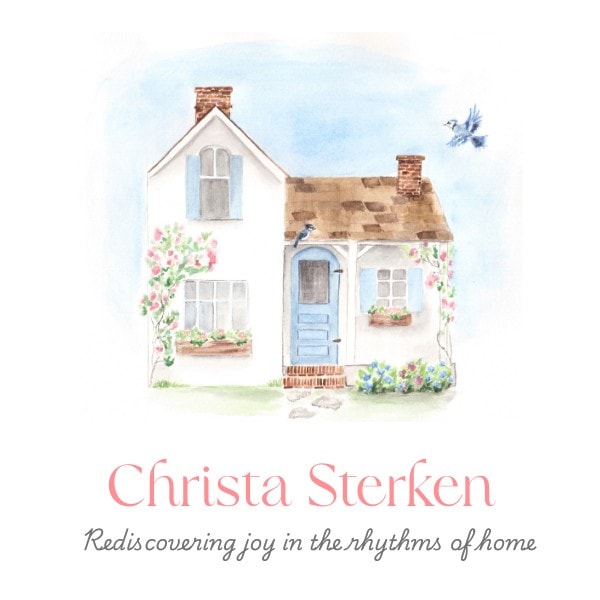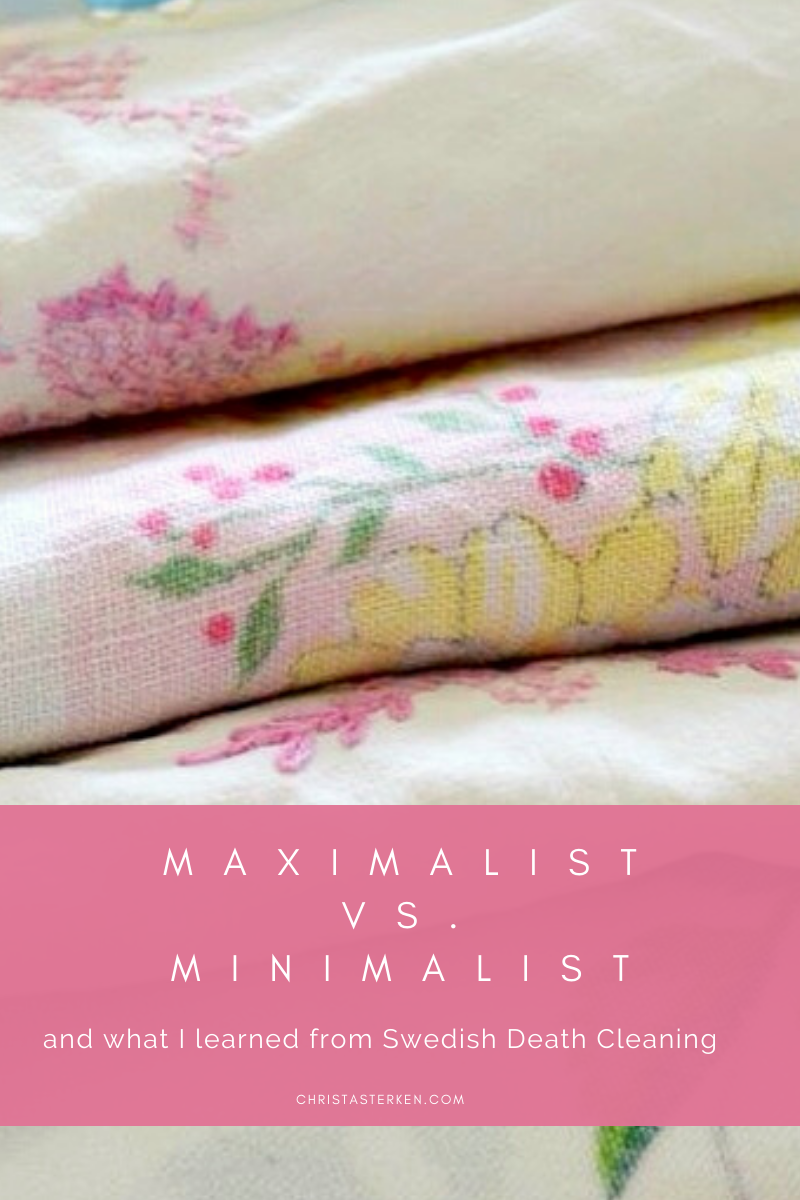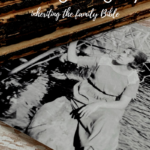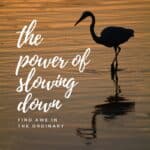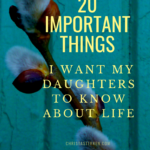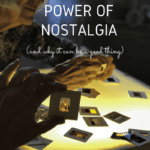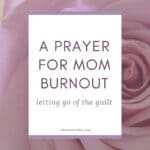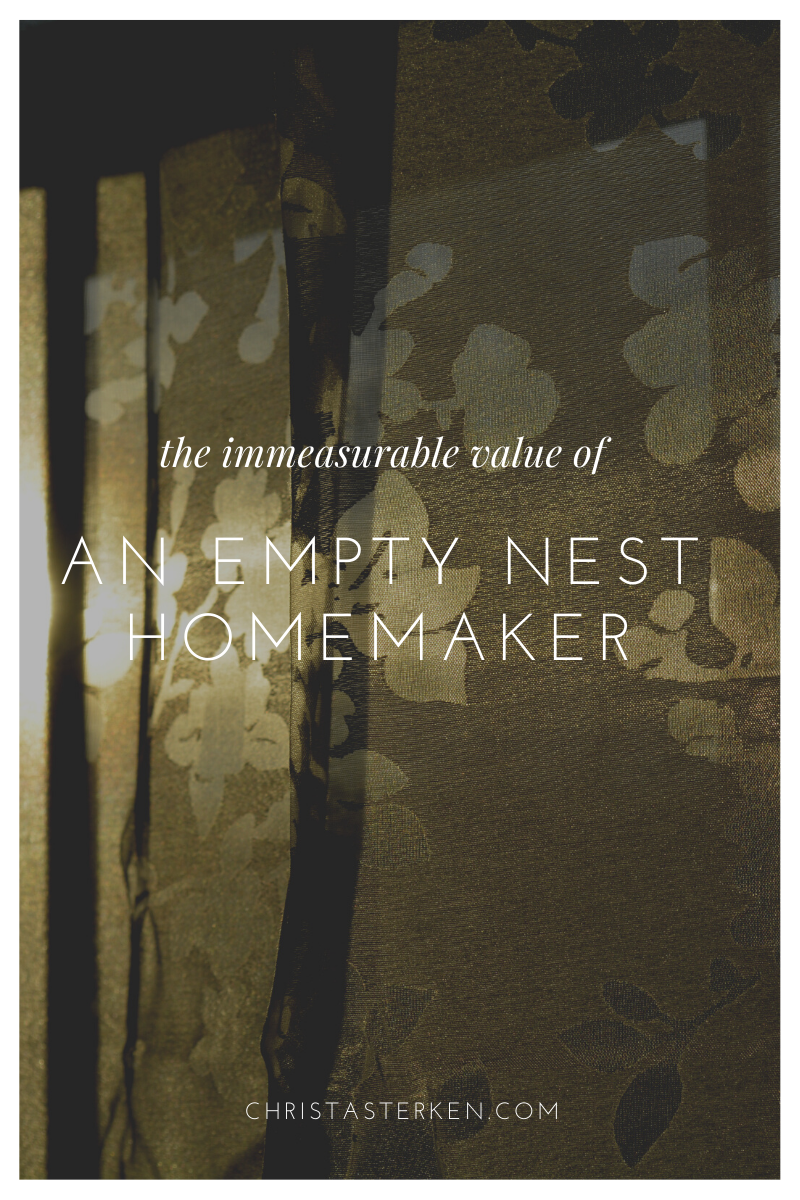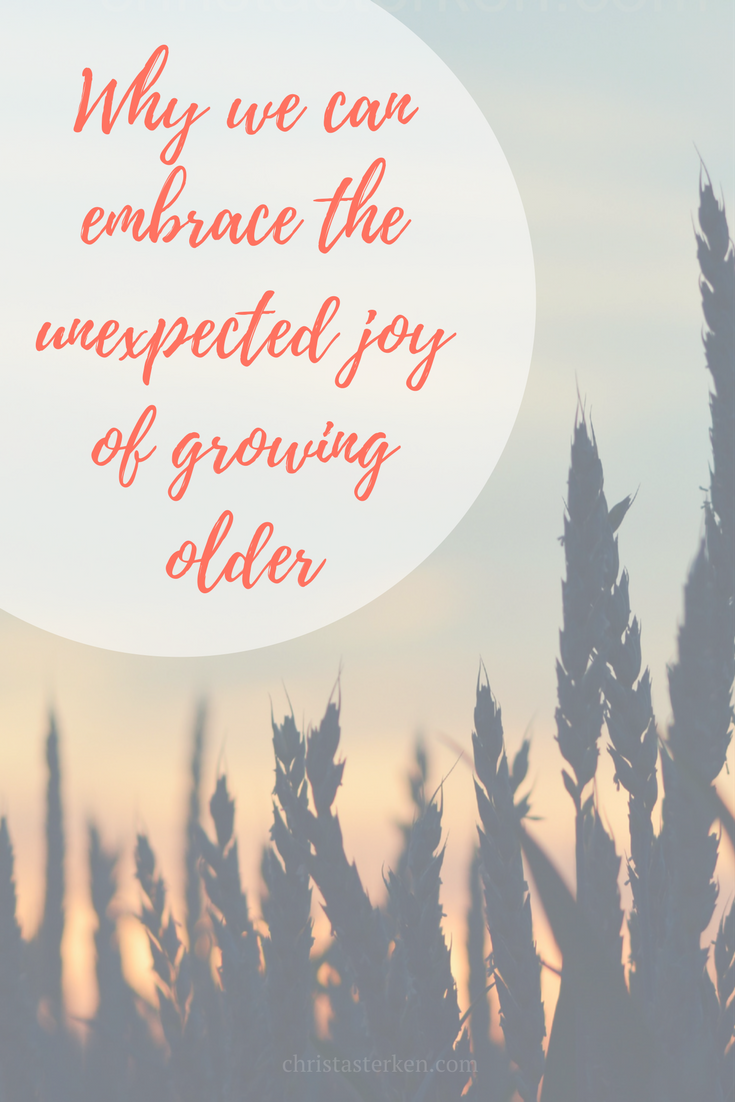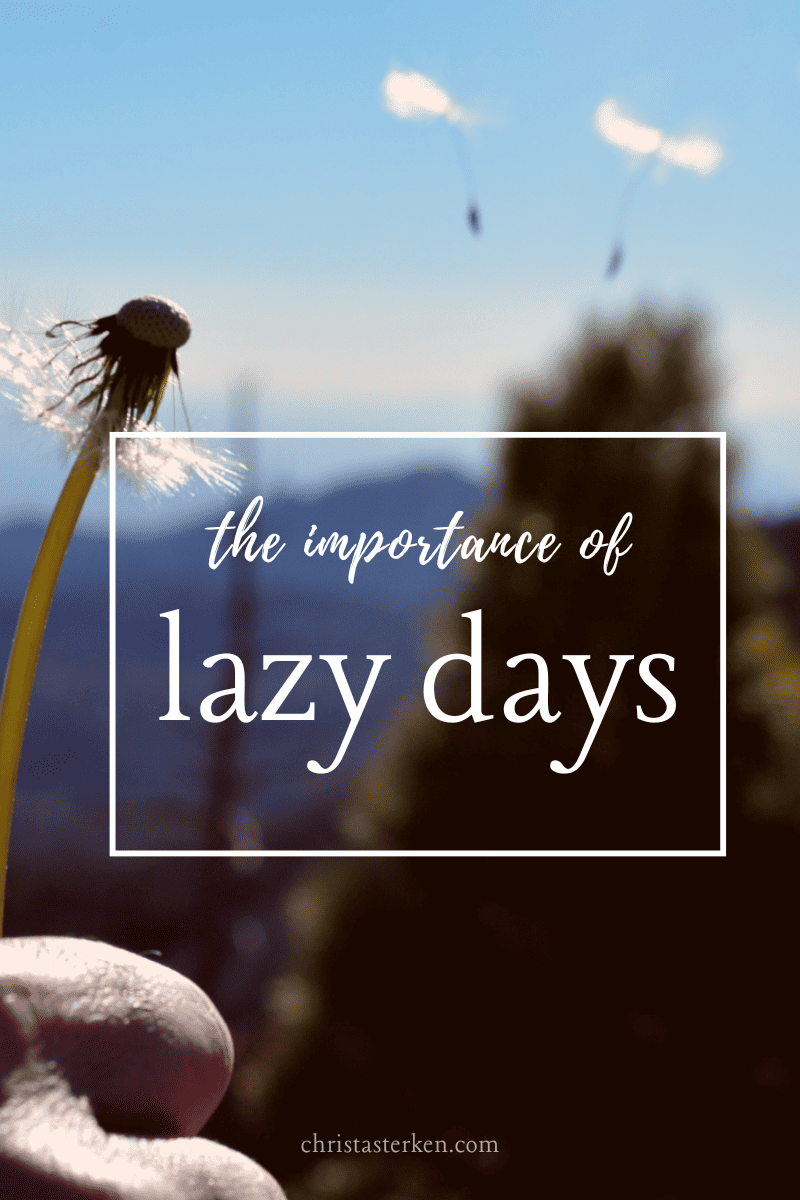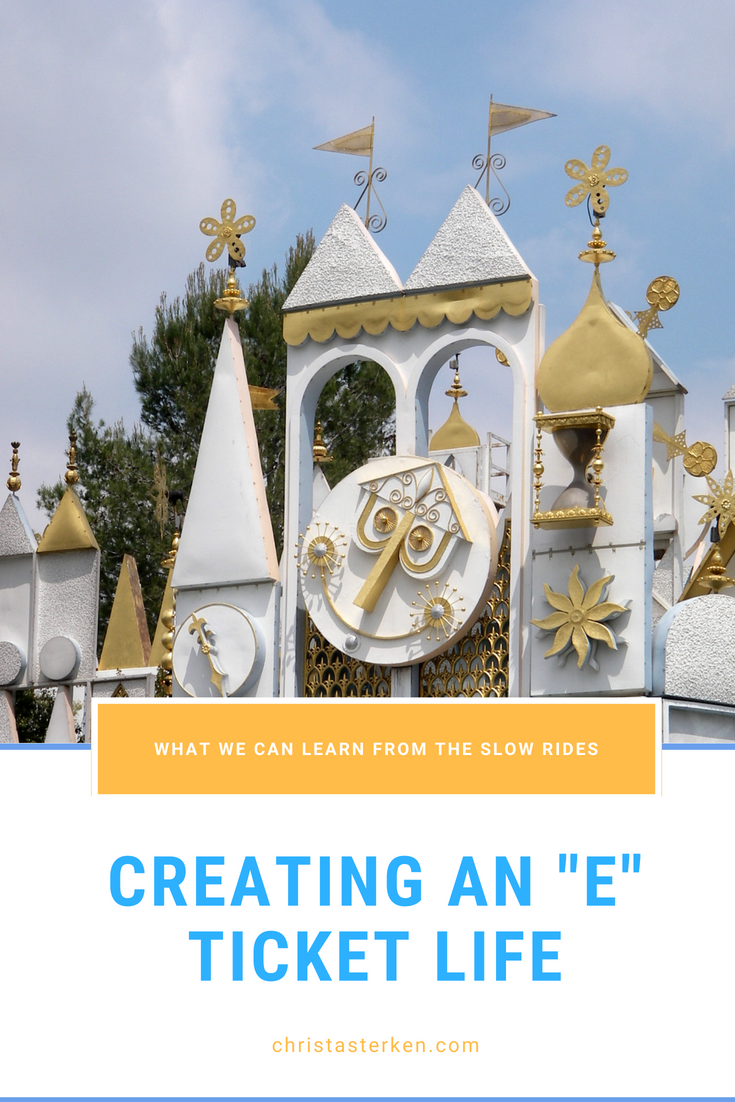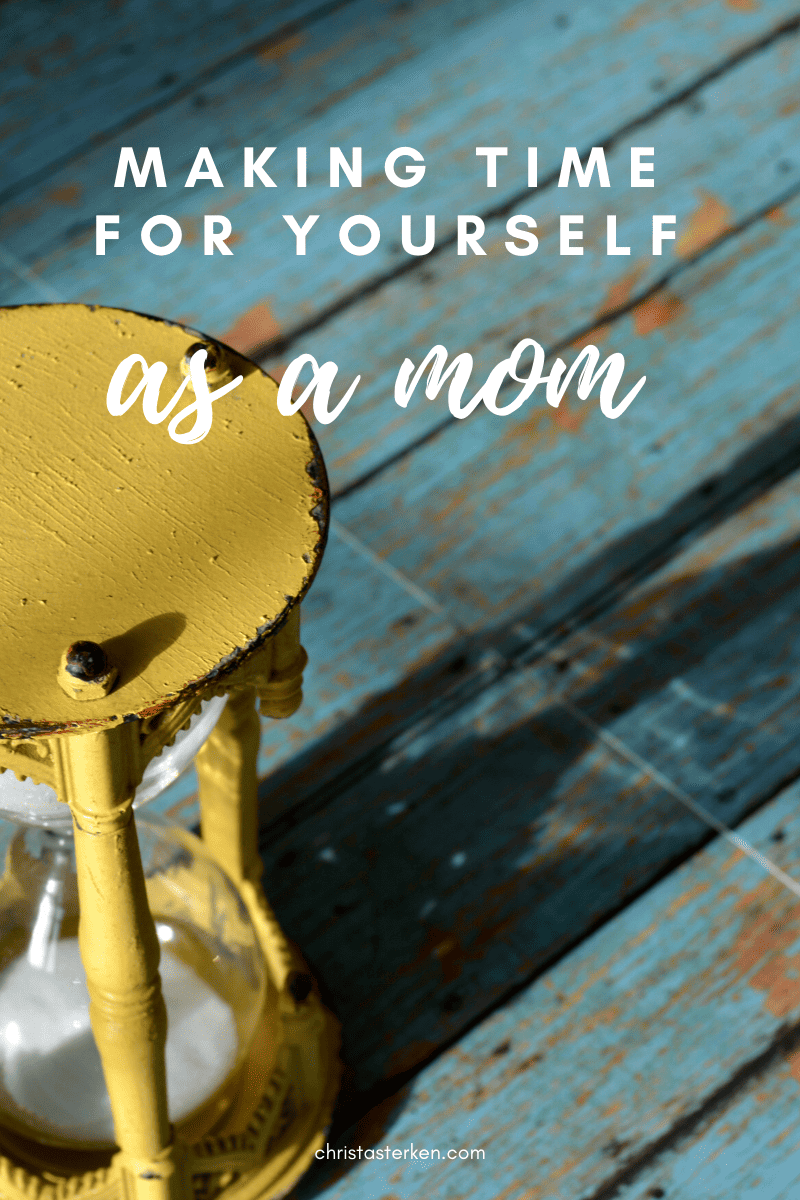What Swedish Death Cleaning Taught Me About Life, Legacy, and Letting Go
What Swedish Death Cleaning Taught Me About Life, Legacy, and Letting Go
Maximalism might be a new buzzword, but minimalism has been a hot topic for several years, gaining popularity as people reduce their items and declutter their lives. Many people find peace in the simplicity of having less to care for, and the clean lines of empty spaces.
And then there are people like me—unapologetic and gleeful maximalists. For me, minimalist spaces are not a comfort but instead cold and uninspiring to my spirit.
As an HSP (Highly Sensitive Person), I am deeply affected by color, lighting, textures, and scents. Minimalism doesn’t meet my specific needs.
That said, I live with a husband who doesn’t like clutter. Over the years, we’ve found a happy medium. No matter your personal style, we all have something to learn from the other!
Something changed for me this year—while I still like stuff, I do want less of it. I’ve been learning about the trend Swedish Death Cleaning.
Is it morbid in itself, or is the title just a morbid way of describing something very helpful? Let’s explore what resonates with you..
What is a maximalist person?
Think you might be a maximalist?
What is maximalism? As you may have guessed, maximalism is the opposite of minimalism.
It’s best described as a reaction to minimalism, where more is more. Maximalism lets color, shapes, tones, and textures do the talking. It doesn’t have to be loud or overbearing, but it grabs your attention. (Source: 99 Designs)
For me, home is a sanctuary, and that means hidden delights to peek at—soothing pastel colors, cinnamon scents, and plenty of books and shiny objects.
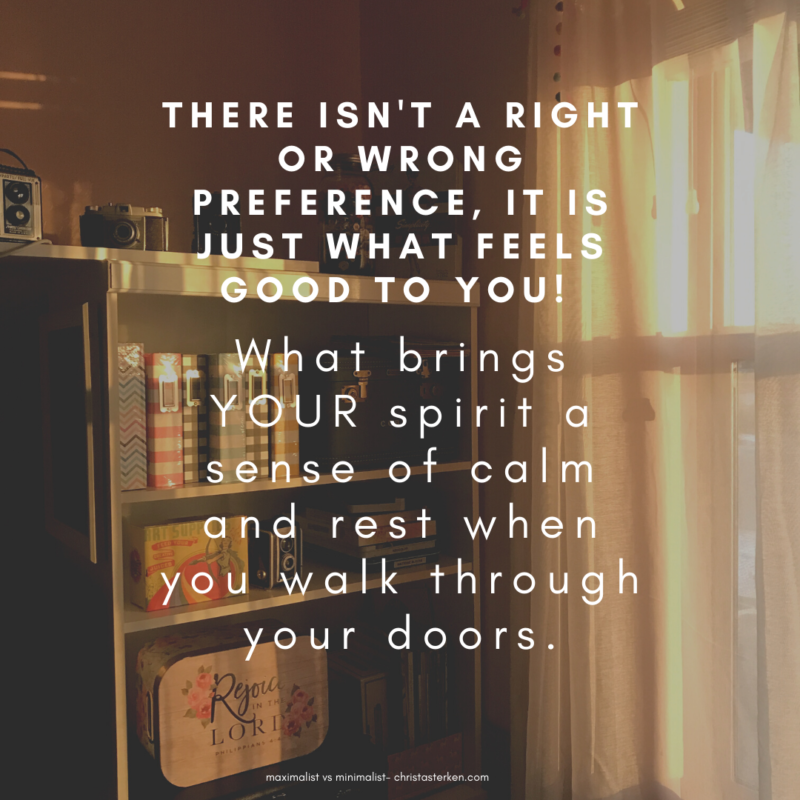
What is Swedish Death Cleaning?
This is not depressing as it might sound, but instead a practical way to consider your possessions.
It’s based on a book, The Gentle Art of Swedish Death Cleaning: How to Free Yourself and Your Family From a Lifetime of Clutter by Margareta Magnusson.
Magnusson, a Swede, writes about the Swedish idea of döstädning, which translates to death cleaning. Dö means death in Swedish and städning means cleaning. The thrust of the book is to slowly begin decluttering so your death isn’t such a burden for those you leave behind. (The Family Handyman)
For the last 2 years, I’ve been watching The Minimal Mom on Youtube. She is encouraging to really curate and let go of TONS of things. It has been so awesome.
Last week she did a video on this very topic (check it out here) that was timely for me personally.
Maximalism isn’t hoarding
I recently returned from a trip to see my 91-year-old grandmother, who is battling dementia. If you’ve followed me for a while, you know she has been my “person” my whole life.
We helped my family go through her boxed-up possessions and sort them into “keep” and “toss” piles.
It was a difficult experience—agonizing even—to go through another person’s letters, photos, and memorabilia, wondering what they would want to happen to them.
To respect and honor what mattered to my precious Grandma, we still had to let go of so many things.
Grandma was a classic maximalist. She and Grandpa tended toward what some might consider cluttered.
Hoarding things can stem from a mentality of fear, but maximalism is a healthy alternative: keeping things you find beautiful while maintaining an organized and joyful home.
I’m a veteran homeschool mom. Shelves full of useful things were a hot commodity for a single-income family that homeschooled. That led to some bad habits, including a scarcity mentality—holding onto things “just in case I might need them in the future.”
I’m no longer in a situation where I have to hold onto things like that.
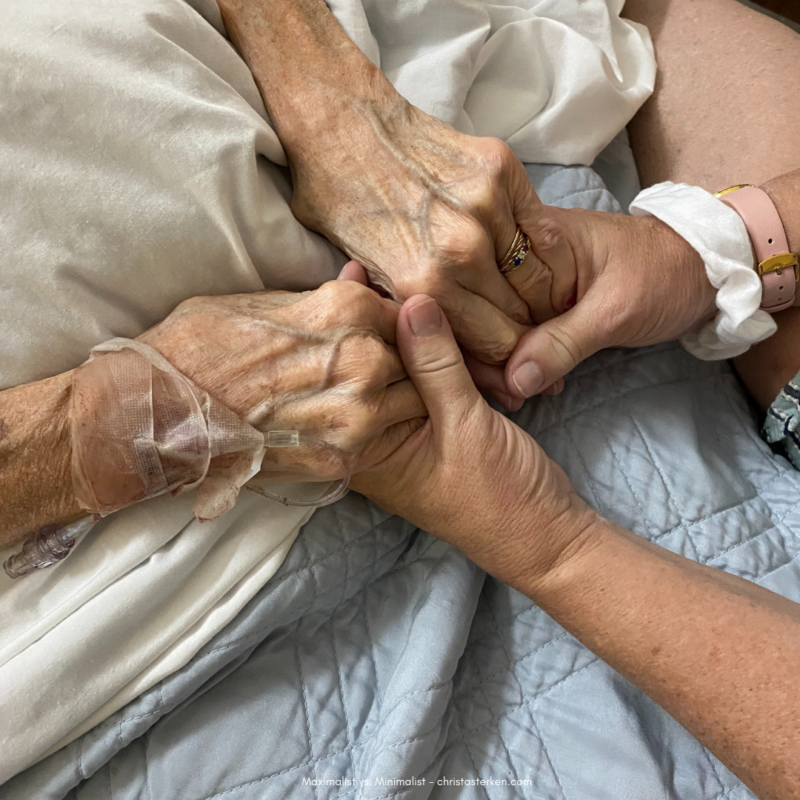
Assess Your Collections Based on Your Seasons
If the time has passed, it’s more than okay to let things go.
(Interested in discovering your natural organizing tendencies? Check out Clutterbug’s free quiz with ideas here!)
What has value to those we love?
When we got home with our “keep” pile, we laid everything out on tables in the hall to sort further.
The impact of seeing a person’s “life” all on two folding tables was painful. Things don’t define who someone was, but they still represent who they were to the people who loved them the most.
And they must be dealt with. There are many treasures that I’m honored to be entrusted with—things my Grandma assigned me to be the story keeper for.
There are items of historical significance that I can’t wait to share with you soon, along with things that will always make me feel close to her.
However, they were buried among piles of catalogs, bank statements, duplicate family photos, and other clutter.
This experience has prompted me to purge even further.
“You can always hope and wait for someone to want something in your home, but you cannot wait forever. Sometimes you must just give cherished things away, hoping they end up with someone who will create new memories of their own.” — The Gentle Art of Swedish Death Cleaning
I want to give my kids the gift of saving only things they actually want, or giving them items now that they’ll appreciate.
And trust me—my kids don’t want most of what I’ve saved. And that’s perfectly okay!
Those items were my delights, my joy, and my memories. I would rather my kids have memories of me than be burdened by stuff later.
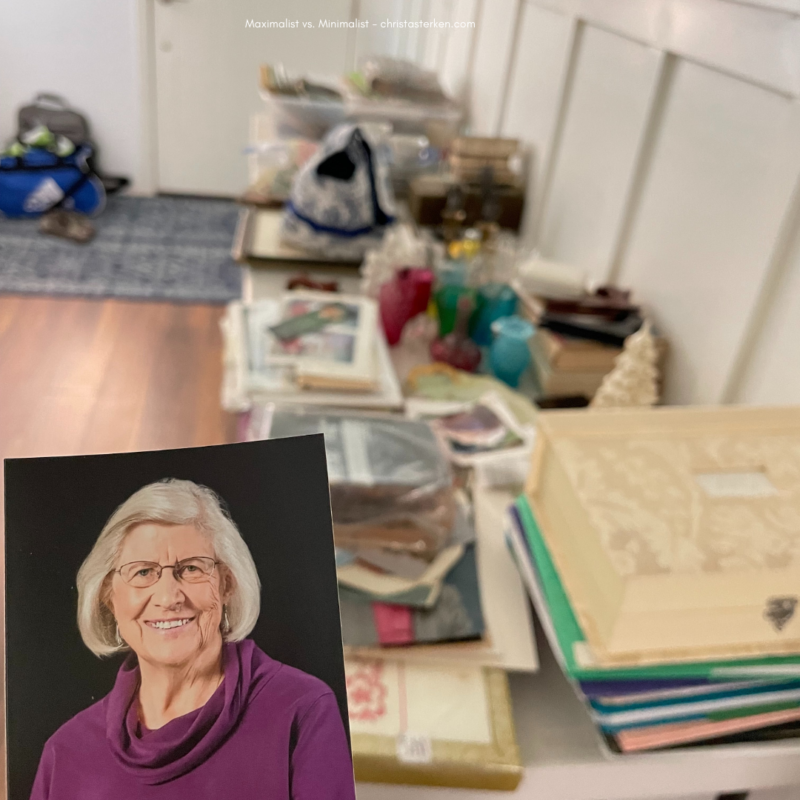
Can you be a minimalist and a maximalist at the same time?
We all have limited energy and space—emotionally and physically.
The older we get, the more important it becomes to choose what we spend our time and energy on.
Curate the things you’d most like to do, rather than trying to do everything.
Because if, like me, you get easily distracted, sometimes you end up doing nothing with a nice block of time you could have used to do something enjoyable.
I’ve become increasingly aware of the fragility of life and the speed with which it passes. Instead of trying to do it all, I’ve realized it’s essential to let go of some things and dreams—choosing to focus on what’s most important.
Can you relate?
Psalm 90:12 Teach us to realize the brevity of life, so that we may grow in wisdom.
4 tips I learned from minimalism
Here are a few examples to help you declutter your stashes in simple ways:
-
Choose the amount to keep: I had kept several things from my mom’s kitchen, including her recipe box. The box wasn’t sentimental, though, so I went through it and selected a few recipes that were special. Attach your belongings to specific memories. A recipe you made together, a rolling pin from Christmas baking, etc. This reduces the stash, and the items you keep truly matter to you.
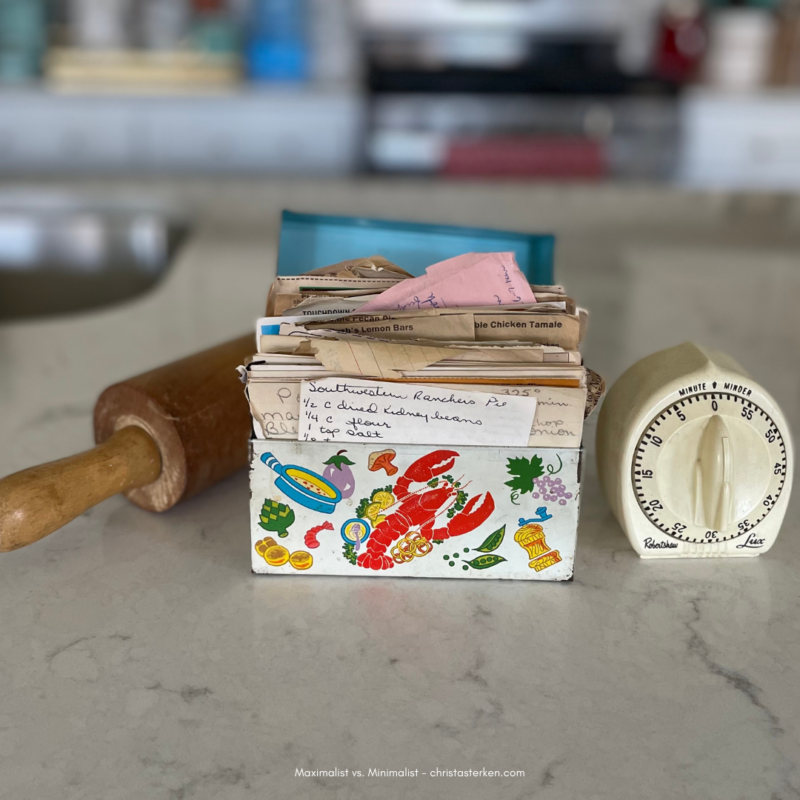
2. Reduce with purpose: I can get overwhelmed by piles of books. Since I have my own writing to do, I need to read with purpose and declutter the piles that no longer serve me. If you’ve held onto a book for years and haven’t read it, it’s time to shrink the pile. Someone will love your donations, and you’ll feel great!
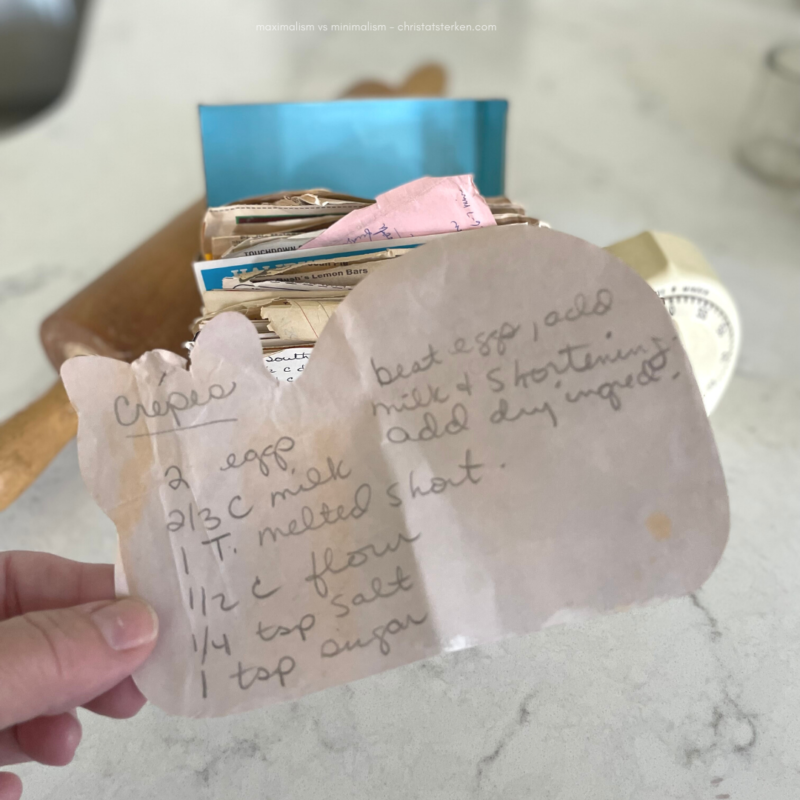
3. Ditch some hobbies: It’s painful, but sometimes you must. I have writing to do, stories to tell, and artistic projects to create. Shelves full of hobbies can become a burden—those partial projects our dream selves wanted to finish. Ask yourself: What’s a distraction that’s beautiful to look at, and what’s practical for where I’m going?
4. Keep things you know are useful or beautiful: I used to collect vintage books, saving them from extinction. I’m no longer the “Lorax of old books.” Six boxes were donated. They were valuable, yes. Beautiful, yes. But too much? Definitely.
“Have nothing in your house that you do not know to be useful, or believe to be beautiful.” — William Morris
You can be a curated maximalist
The pendulum doesn’t need to swing all the way to the opposite side. You can still pick and choose as much or as little as you like!
Just consider how much you really enjoy something, versus what you hold onto for memory’s sake.
I’m super sentimental. It occurred to me that many of the things I’ve kept were actually castoffs—items I gathered close because someone I love moved away or things I couldn’t bear to part with when I was younger and had less of my own.
Now, I’m better able to discern that it’s okay to let go of those things—they were things others were getting rid of anyway, not gifts meant to be treasured forever.
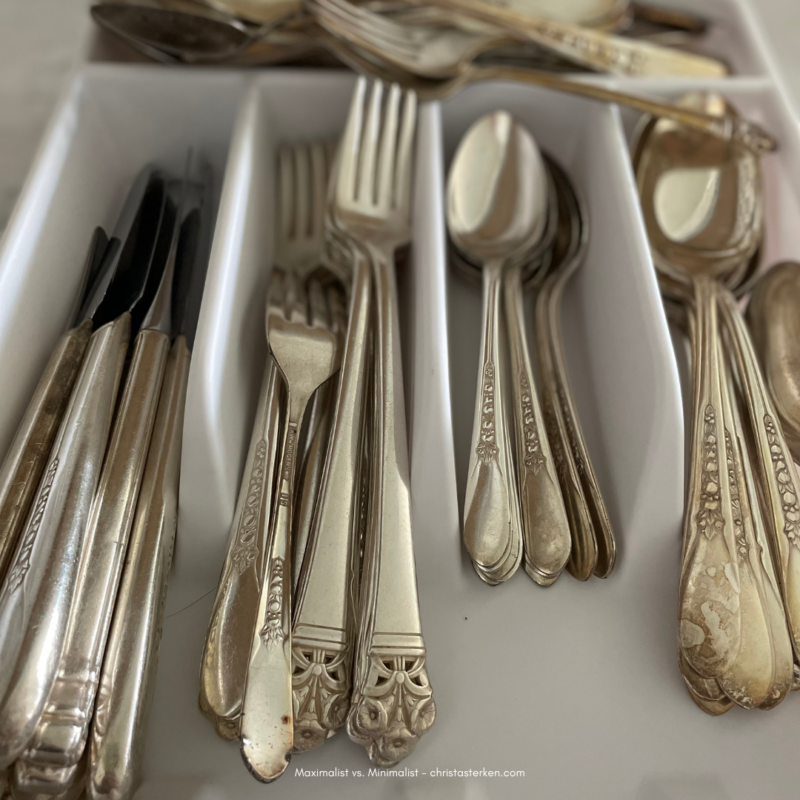
The power of letting go of too much
Letting go has been one of the most freeing lessons I’ve learned over the last several years! It used to be painful and even scary.
It felt like I was letting go of the past or my responsibility as a caretaker. I had to be brutal—100-year-old yearbooks from a great aunt, silverware from a loved one, china collections, cookbooks.
No closet or cupboard was untouched.
For goodness sake, I even still had an old Barbie shoe—one—from the ’70s. (For the record, I wasn’t ready to part with it yet. And that’s okay too!)
No pressures, that isn’t what this is about.
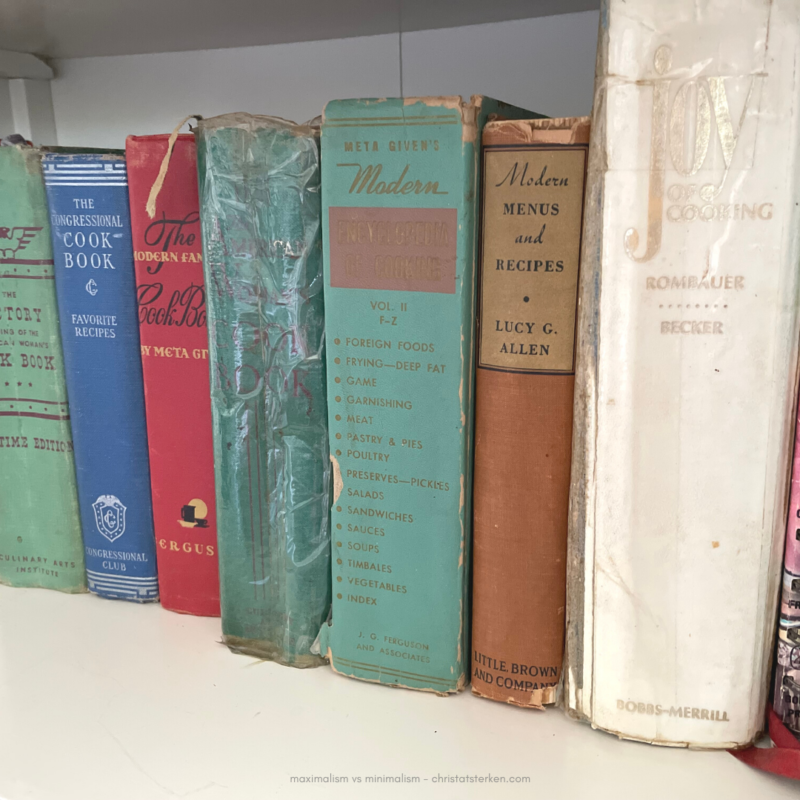
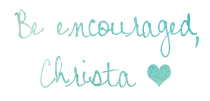
Resources to encourage you:
- The Gentle Art of Swedish Death Cleaning: How to Free Yourself and Your Family from a Lifetime of Clutter
- Decluttering at the Speed of Life: Winning Your Never-Ending Battle with Stuff
- The Sentimental Person’s Guide to Decluttering
- Organizing for the Rest of Us: 100 Realistic Strategies to Keep Any House Under Control
- Disclosure: I only recommend products I do/would use myself. These affiliate links add NO additional cost to you, and may earn me a tiny commission to help support this blog. Read full privacy policy here.
